When purchasing a concrete saw, you can select one meant for wet cutting or dry cutting. This may lead you to wonder which is the better buy. As it turns out, neither is a better buy than the other. Wet cutting and dry cutting have different applications, and the right saw for you depends on what kind of concrete cutting job you are doing.
About Dry Cutting Concrete Saws
Dry cutting blades feature segment welds that are designed to prevent overheating, and as a result, they do not require the use of water to cool them. This makes these saws suited to smaller jobs where clean cuts are needed, and a low RPM can still get the job done. Decorative patterning is just one concrete job that is better suited to dry cutting than wet cutting.
This type of saw is suitable for most jobs that require intermittent cutting of shallow cuts. This means that the cut would be made for about 30 seconds before the saw is pulled away for a short break of about 10 seconds. Keep in mind that these cuts must be straight, being all a dry cutting blade can handle.
Dry cutting jobs are very clean and relatively simple to complete. Contractors tend to favor dry cutting saws for indoor work since they leave a cleaner jobsite.
About Wet Cutting Concrete Saws
Wet cutting is for jobs where more control over concrete dust is necessary, and when there is concern about the blade overheating. The cuts are efficient and safe, but because of the use of water, the job site can end up much messier. Wet cutting blades are used for some concrete and masonry work, and almost always for tile work.
Because these saws can chip the tops of tile, it is crucial to use an adjustable blade for tile work. The user must ensure that the saw has a constant source of water, otherwise overheating can occur, risking the safety of the tool and the operator. Most saws that require a water source will come with a way to supply it.
Wet cutting jobs, while messy, offer more precise cuts. These saws operate at a high RPM, making them very efficient for large amounts of work. They also are not handheld saws, which dry cutting saws usually are. This makes them less demanding on the operator.
So Which Is Right for You?
In some cases, both types of saws will work just fine for the task at hand. In these cases, it is up to the user which one to buy. In other cases, a specific saw is necessary.
Start by researching the type of work you need to do. Online guides for the specific task should note the kind of saw for the job. If you cannot find a guide outlining whether you need a wet or dry saw, ask yourself if dust is a concern. Also, consider if you need to make shallow and quick cuts or long and deep cuts. If dust does not matter and the cuts are quick and shallow, pick a dry saw. If silica dust is a concern or the cuts are long and deep, choose a wet saw.
If you are still not certain or feel more comfortable handing the task off to professionals, contact Garrett Concrete Cutting and Sawing. We have the tools and expertise needed to get the job done right. Call us to schedule a consultation.
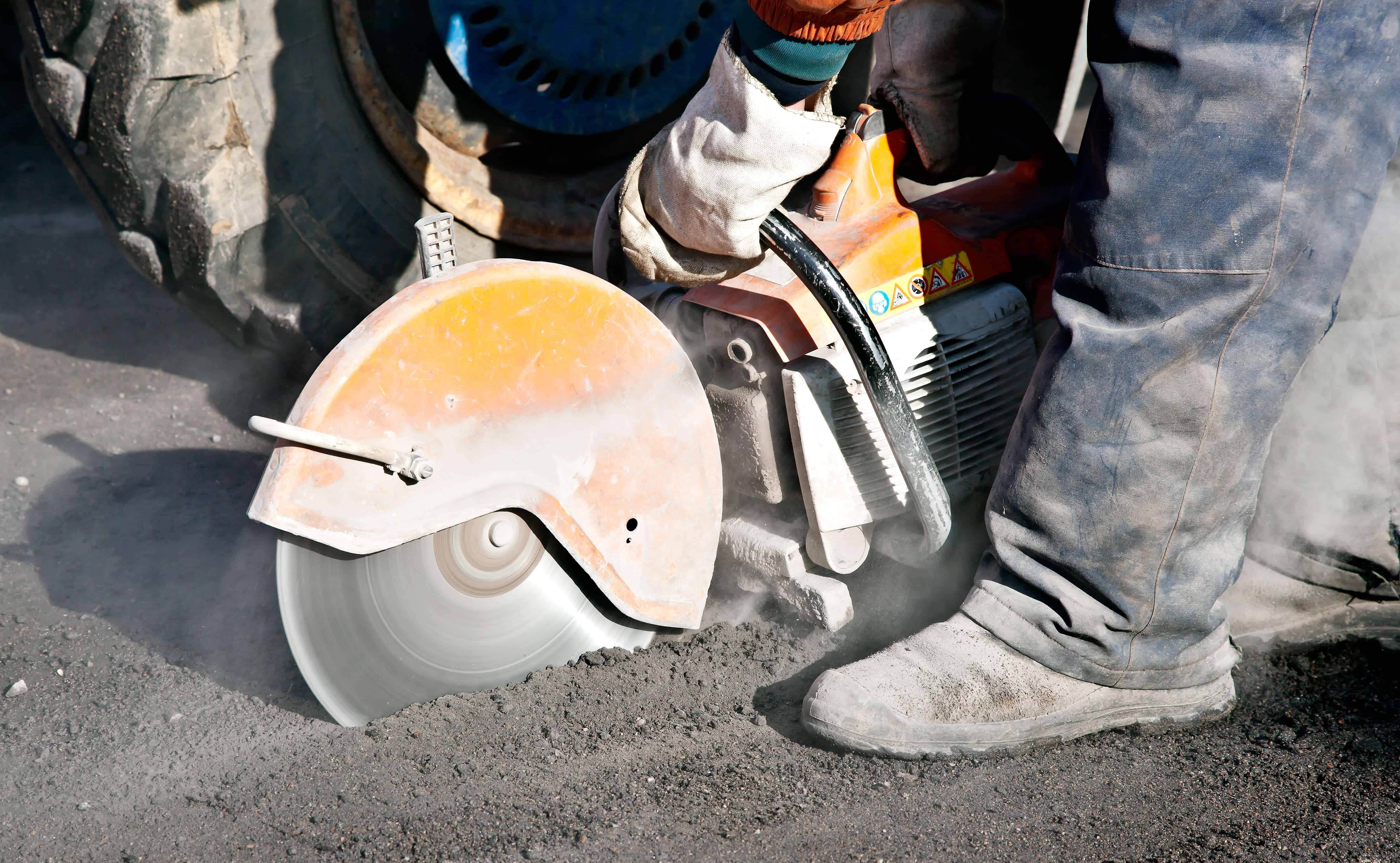
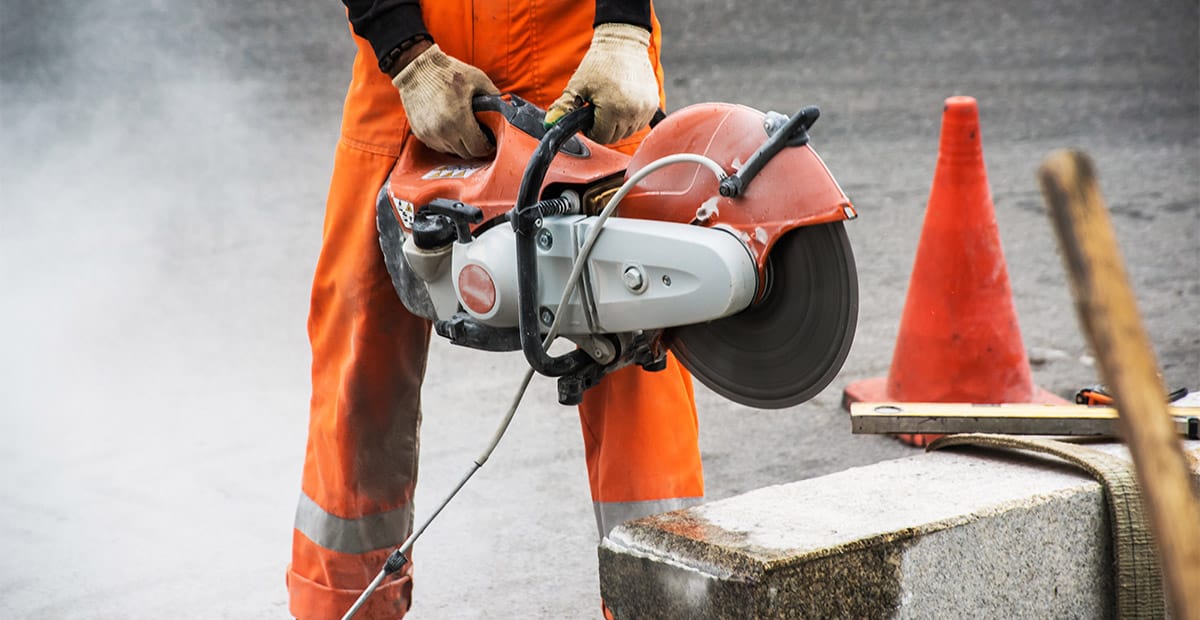
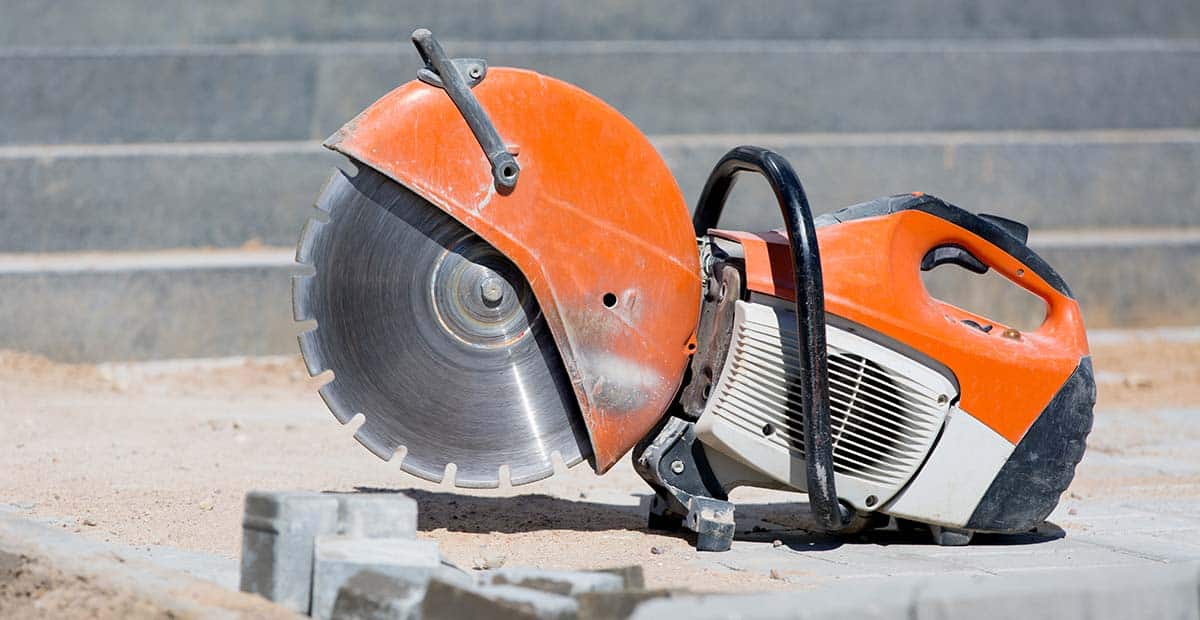
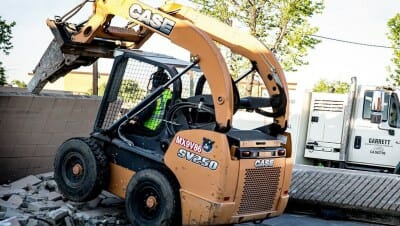

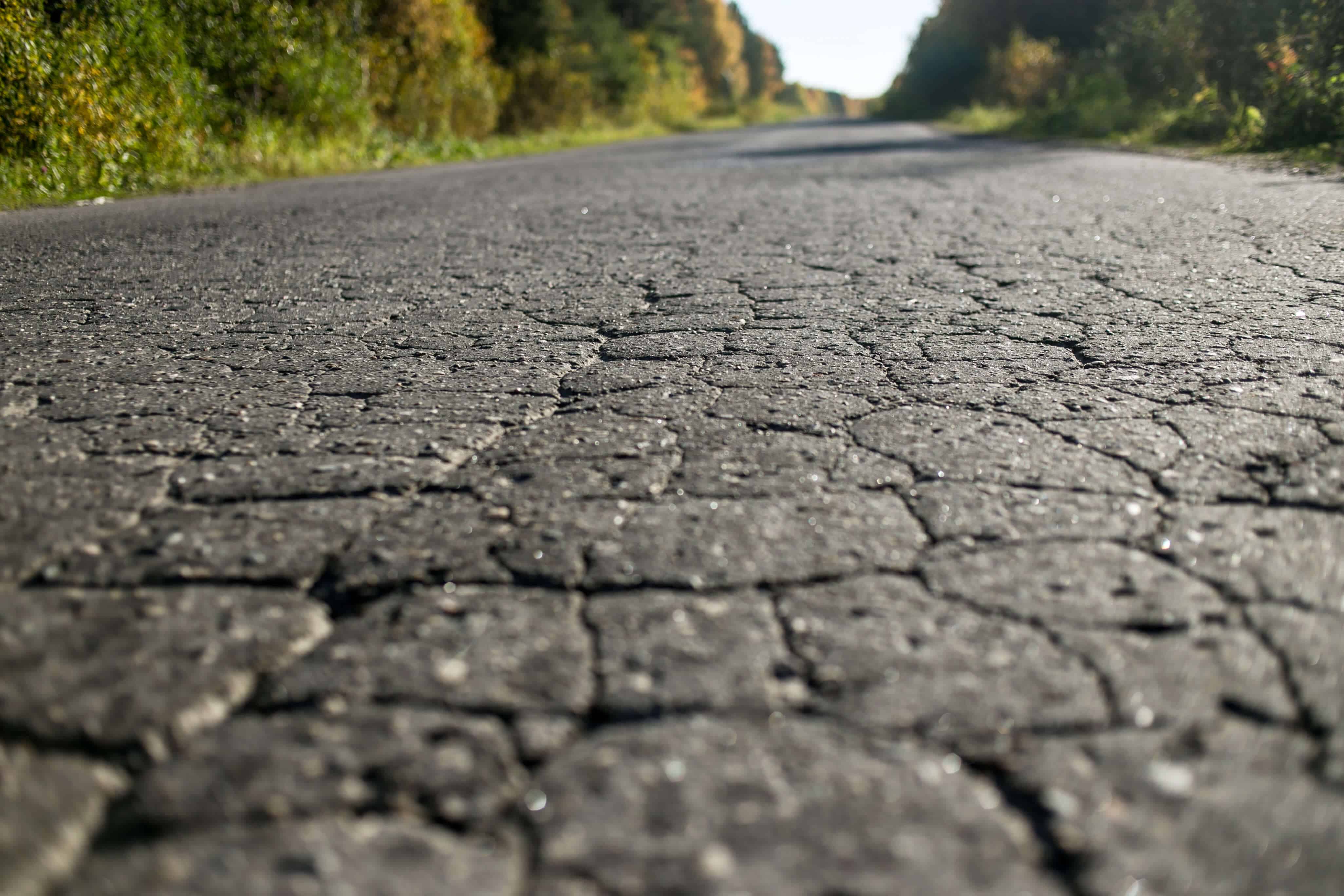
I am glad that your article mentions the differences that come to mind when the processes of wet cutting and dry cutting are taken into account. As someone who wants to start their own concrete cutting business in the future, I am glad to find that both saws are versatile in their functionality. It appears that both types of cutting will be easy to work with in the case of concrete grinding, as they will be precisely cut without having to worry about excess material or uneven surfaces.